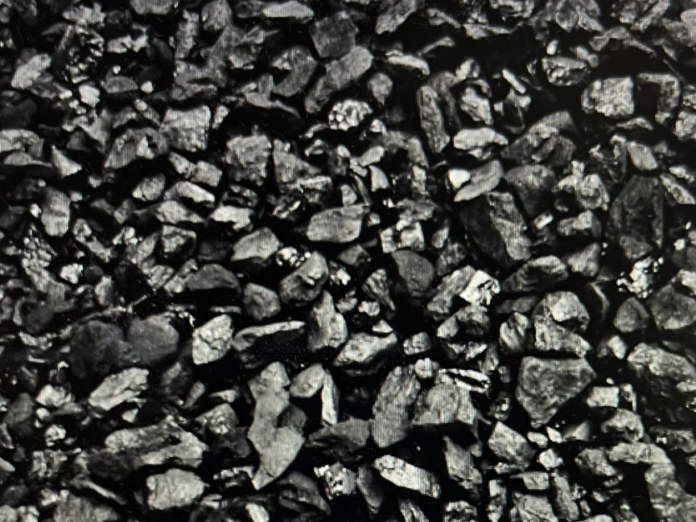Forty-one percent of electricity generated in Saskatchewan is from coal. The questions are: what is coal? how is it formed? Which Canadian Province has the highest occurrence or produces the highest amount of coal? Is the Canadian Government phasing out coal-fired electricity soon?
We shall begin as follow:
Coal is a raw material described as an energy- and carbon-dense black or brownish-black sedimentary rock formed from the remains of decayed plants submerged or buried within the earth and subjected to forces of heat and pressure for hundreds of millions of years, transforming in four stages chemically therefrom peat to lignite to bituminous and anthracite. The conditions to which the buried plants are subjected in terms of the geological forces determine the rating or rank. In other words, the greater the pressure and heat, the higher the rank of coal.
The carbon content of coal accounts for the energy content and it is believed that the heat released from coal when it is burned in the presence of oxygen is the accumulated heat taken in during the process of coal formation from dead plants.
It is crucial to note that very useful forms of other types of energy are obtainable from coal energy when coal is converted. The main use of coal is geothermal electricity generation and coal is also a key raw material in steel and cement production.
Globally, Canada comes number four as the largest exporter of metallurgical coal, after Australia, the United States and Russia.
Provincially, Alberta and British Columbia produce the highest amount of coal even though many parts of Canada have abundant coal.
Traditional coal-fired electricity would be phased out by the year 2030 according to the Canadian Federal Government’s announcement in 2018 of final regulations to phase out conventional coal-fired electricity but coal will still be used for metallurgical processes for many years to come.









